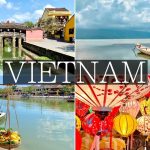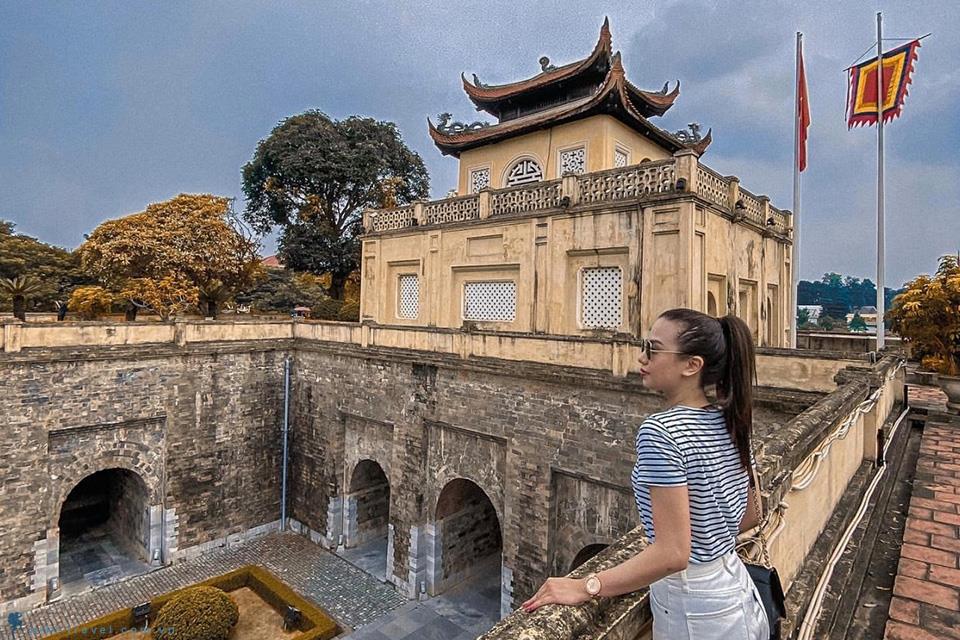
Discovering 2 amazing world cultural heritages in Vietnam – Imperial Citadel of Thang Long and Hue Ancient Capital
Vietnam currently has 5 world cultural heritages, in which the complex of the ancient capital Hue and the central relic area of the Imperial Citadel of Thang Long – Hanoi are proofs of a beautiful and diverse country in terms of natural scenery, national cultural identity and has a long history that attracts many domestic and international tourists to visit.
HUE ANCIENT CAPITAL – THE FIRST WORLD CULTURAL HERITAGE IN VIETNAM
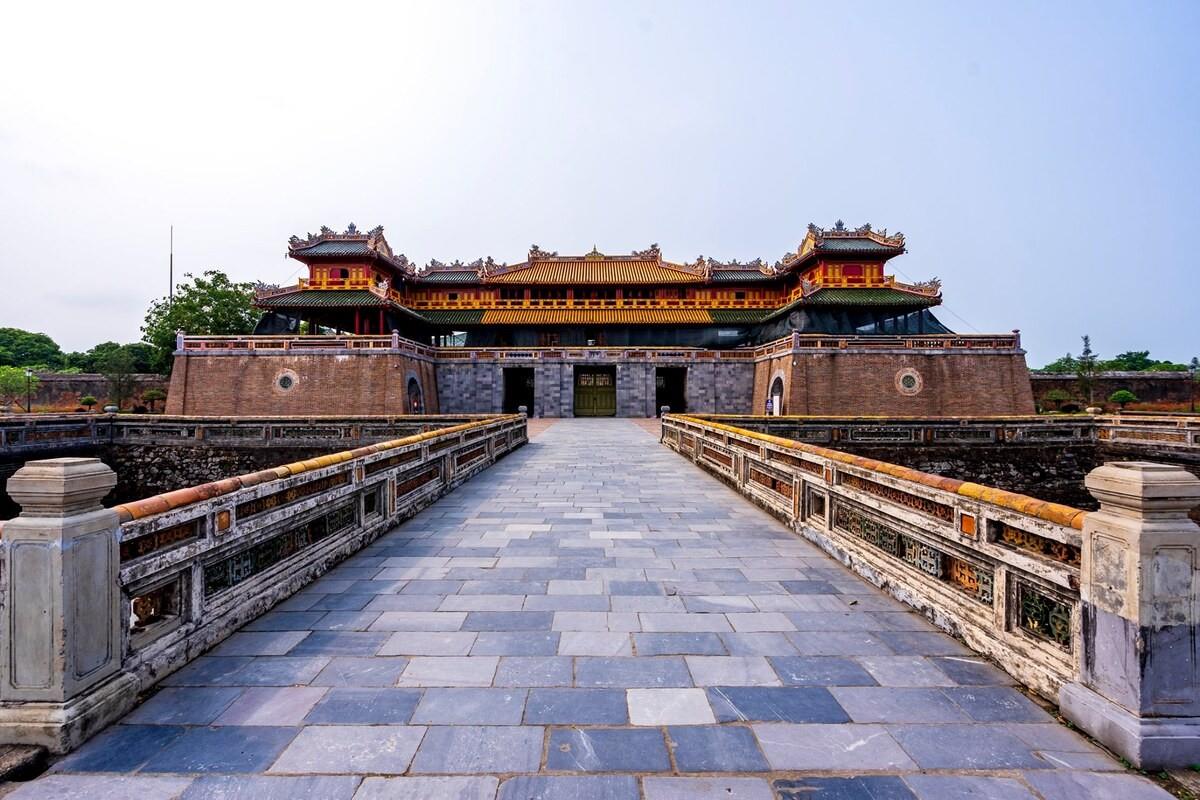
Built by the Nguyen Dynasty in the early 19th century, the complex of Hue Ancient Capital is one of the cultural heritages in Vietnam that attracts a large number of domestic and foreign tourists to visit. This is also the first heritage of Vietnam recognized by UNESCO in December 1993.
The Complex of Hue Ancient Capital is a world cultural heritage according to criterion number 4, having met the following factors:
The Complex of Hue Ancient Capital is located along the banks of the Perfume River. From 1802 to 1945, Hue was the capital of the unified Vietnam under the reign of 13 Nguyen kings with 253 works in the Citadel, 7 clusters of mausoleums, Ho Quyen (Tiger Arena), Nam Giao Altar and Hon Chen Palace.
Prominent in the complex are three citadels: the Royal Citadel, the Imperial Citadel and the Forbidden Citadel, arranged in opposite directions throughout on a South-North axis. The system of citadels and palaces here has a harmonious combination of Eastern and Western architectural quintessence, set in an interesting natural setting with Ngu Binh Mountain, Huong Giang Stream, Gia Vien Dune and Boc Thanh Dune.
UNDERSTANDING THE CHARACTERISTICS OF KINGS OF NGUYEN THROUGH THE MAUSOLEUMS
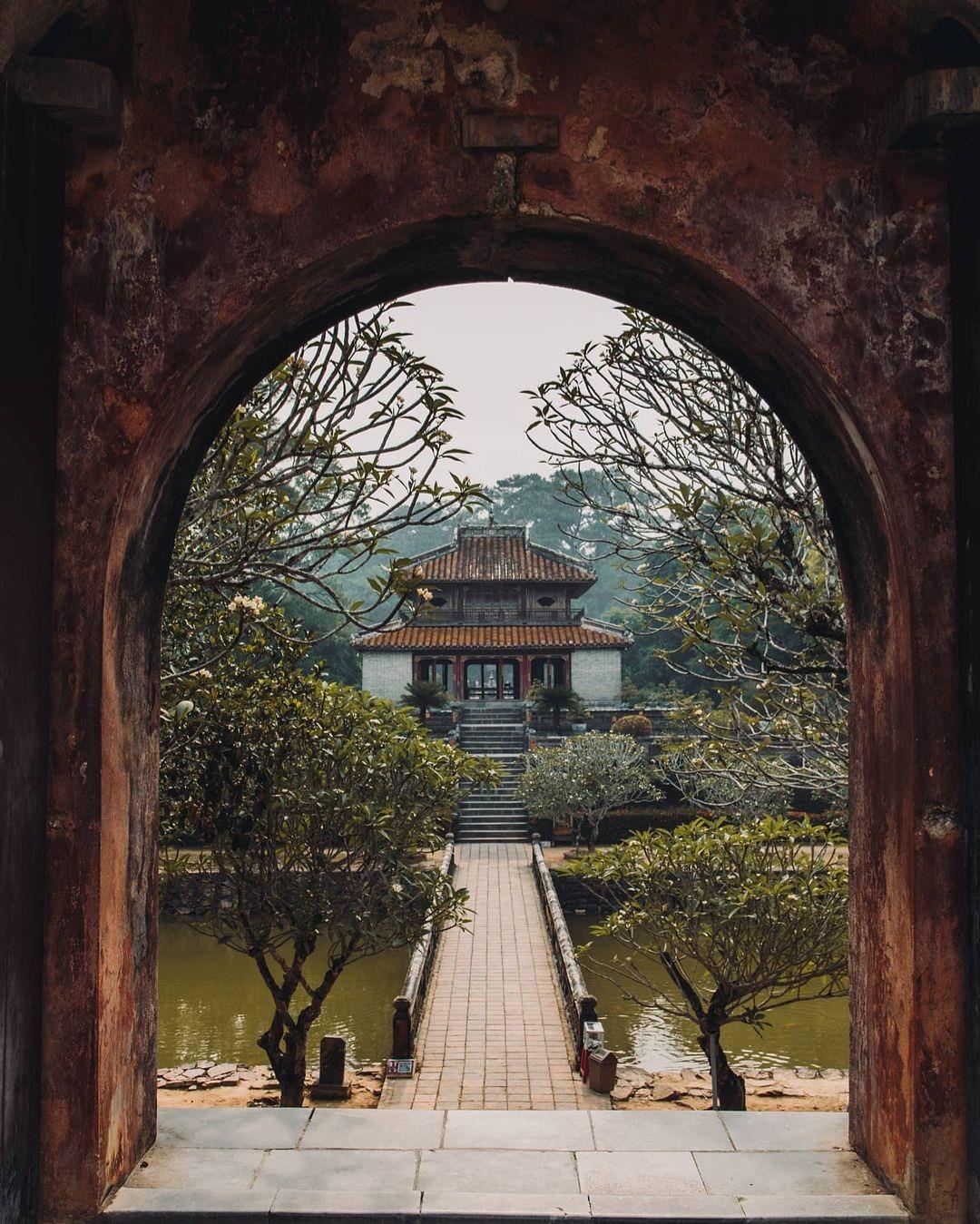
+ Thieu Tri’s Mausoleum: Dignified, but also deep and melancholy in the middle of a lonely place, also partly expressing the confidant of a poet who transcended literature but could not follow his predecessors in politics.
…
WORLD CULTURAL HERITAGE: IMPERIAL CITADEL OF THANG LONG – HANOI
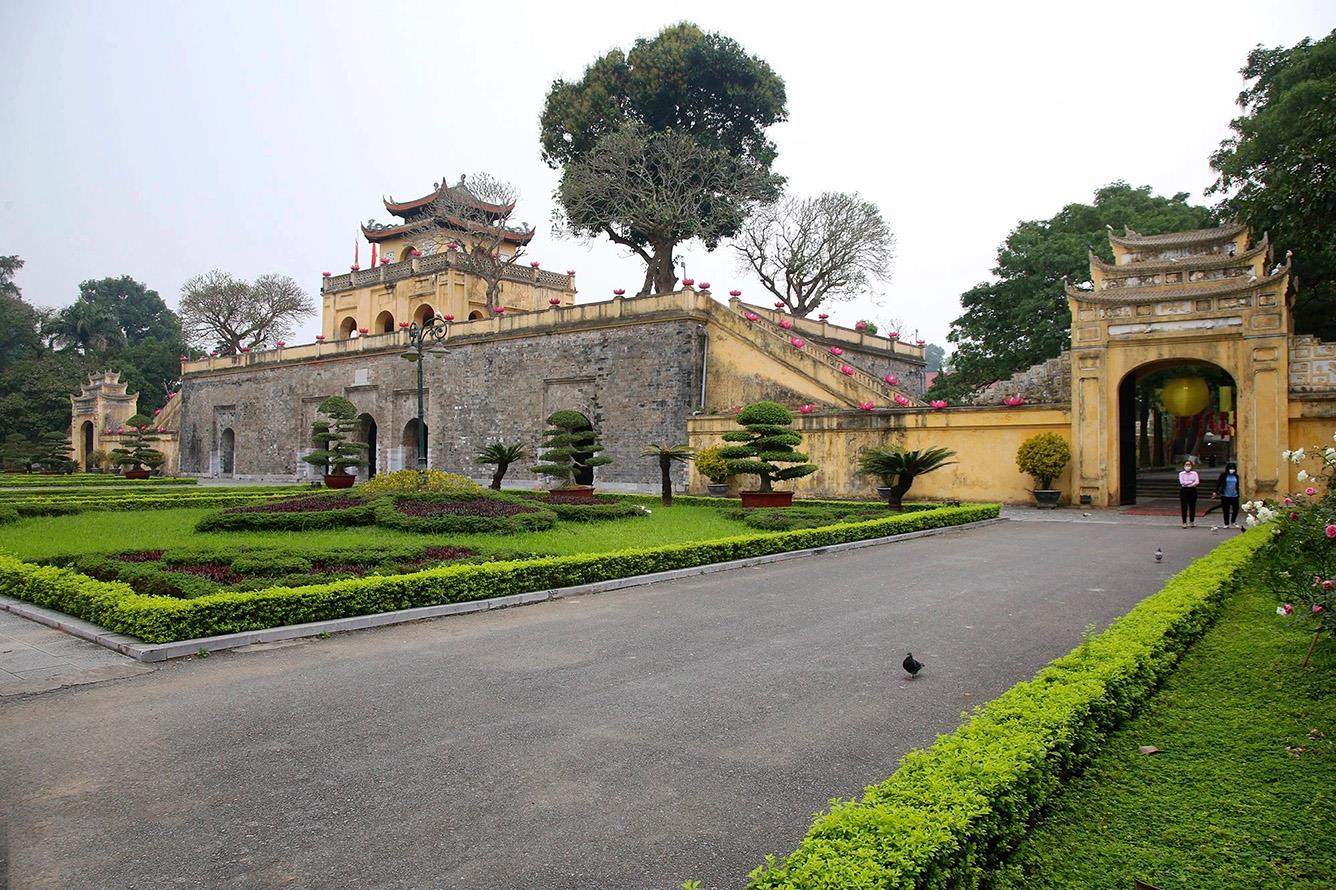
HIGHLIGHTS AND UNIQUE VALUES OF THE THANG LONG IMPERIAL CITADEL
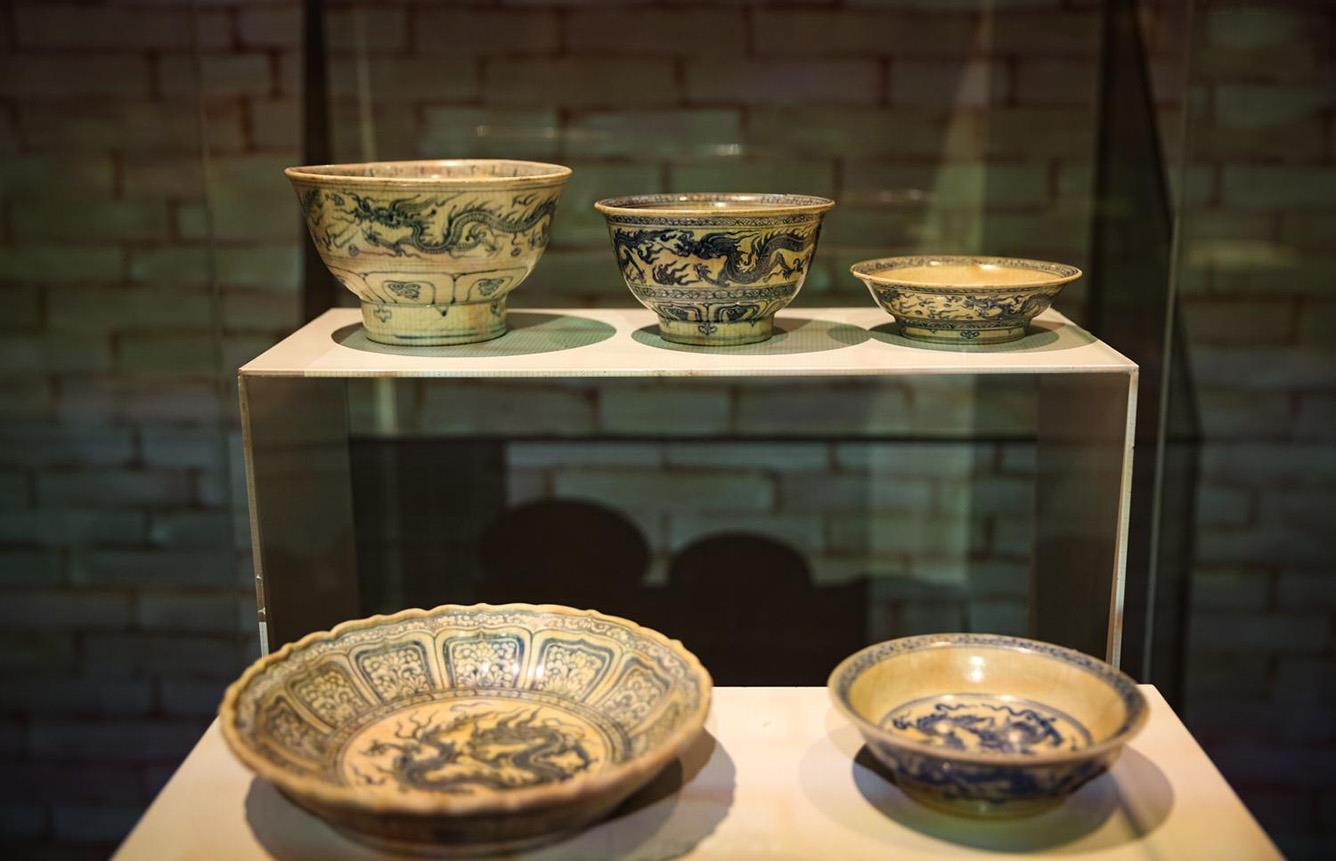
This world cultural relic has a total area of more than 18,000 hectares, including the archaeological site of 18 Hoang Dieu and the remaining relics in the Hanoi Citadel such as the Hanoi flagpole, Doan Mon, Kinh Thien Palace, D67 house, Hau Lau, Bac Mon, walls and 8 gates of the Nguyen Dynasty.
Throughout thousands of years of history, the Imperial Citadel of Thang Long has undergone many changes, but the center of the Imperial Citadel, especially the Forbidden City, is mostly unchanged. Only the internal architecture has been built and repaired many times. It is this feature that explains why on the 18 Hoang Dieu archaeological site, layers of architectural relics are overlapped through historical periods. These monuments have relationships and interlinkages, forming a complex, but rich and attractive whole, reflecting clearly the relationship between urban planning and architectural space, as well as the continuity between dynasties in the history of Thang Long capital construction.
(Tran Thi Cam Nhi – Wiki travel)

